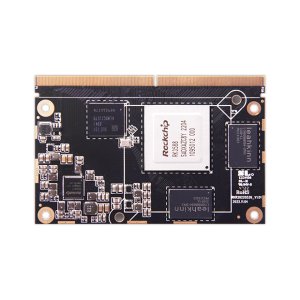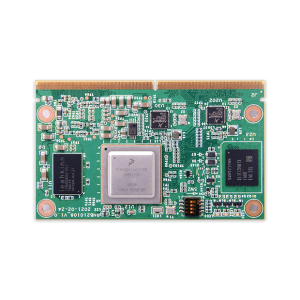Designing with Computer on Module: A Complete Guide for Developers
Designing with Computer on Module: A Complete Guide for Developers
Blog Article
Side computing has appeared as a revolutionary development in the technology business, allowing faster data handling and paid off latency by getting computational power closer to wherever data is created. A key innovation encouraging this transformation may be the rise of system on module which are lightweight, successful, and versatile research items made to include seamlessly in to personalized electronics systems.

The Role of Pc on Adventures in Side Processing
Pc on Modules are becoming vital in side processing due to their capability to improve electronics style while sustaining sturdy control capabilities. According to a recent report by MarketsandMarkets, the worldwide edge processing market is predicted to develop from $40.84 thousand in 2021 to $132.11 thousand by 2026, with COMs playing a significant role in that expansion.
These segments are specially impactful in industries requesting real-time information evaluation at the edge. For instance, the transport industry utilizes COMs in autonomous cars for real-time decision-making, while clever towns utilize them to handle programs like traffic movement and power distribution.
Lightweight and Flexible Style
One of the standout faculties of Computer on Segments is their small and modular design. This permits developers to incorporate high-performance computing power in to edge products without the need for extensive equipment redesign. A survey by IoT Analytics discovered that 68% of organizations implementing IoT options consider modular equipment like COMs important for fast arrangement and scalability.
COMs also help personalized designs, making them suited to a wide variety of purposes, from commercial automation to healthcare. Their capability to adapt to particular needs is just a driving power behind their usage in side research systems.
Power Efficiency and Performance
Side computing products frequently run in settings with confined energy resources. COMs address that challenge by providing optimized power performance without diminishing on computational strength. A study by Allied Market Research outlined that energy-efficient edge research answers are predicted to take control the sector through 2030, placing COMs as a crucial part for reaching that goal.
Furthermore, with developments in processors and incorporated artwork, COMs now deliver the performance needed for AI-driven purposes at the edge. That not just improves real-time abilities but additionally decreases dependence on centralized cloud systems.
Why the Future Goes to COMs
With worldwide knowledge technology projected to attain 175 zettabytes by 2025, edge computing is set to be much more essential than ever. Pc on Modules offer an versatile, energy-efficient, and scalable option for processing that influx of data. Their relevance across varied sectors like healthcare, manufacturing, and telecommunications just underscores their pivotal position in shaping the ongoing future of side computing.
COMs are no longer just a technological trend; they're the backbone of next-generation side systems driving creativity and effectiveness across the globe. Whilst the need for side computing continues to grow, so can the importance and impact of COMs in this fast changing landscape. Therefore, it's secure to express that Pc on Segments are here to stay and may continue shaping the future of side computing.

Realization
Edge computing is transforming the way we method and utilize information, with Computer on Segments at the lead of the revolution. Their lightweight style, versatility, energy performance, and efficiency cause them to become a perfect solution for running real-time information at the edge. As industries increasingly count on side processing for their operations, COMs will play a crucial position in driving innovation and performance in these systems. Report this page